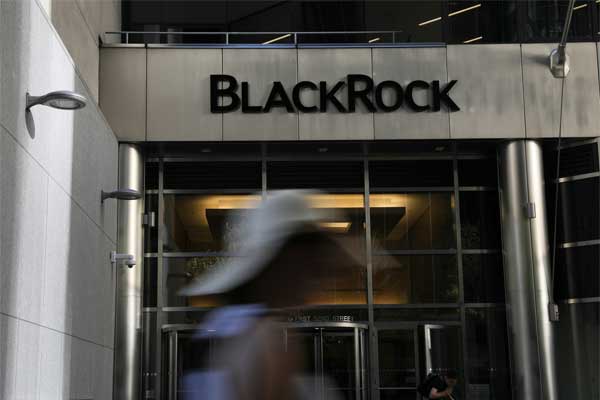FORTUNE: Clean energy use is at its highest level since the Depression
The share of renewable energy consumed is at its highest level in nearly 80 years.
A building boom in solar and wind farms as well as the increasing use of biofuels in vehicles pushed renewable energy to nearly 10% of overall U.S. consumption last year, according to the Energy Information Administration. That’s the highest share since the 1930s, when wood burning stoves and wood used for industrial purposes was popular.
Yes, the government considers burning wood to be renewable energy. Most people define clean energy as coming from carbon-free sources like solar, wind, and hydroelectric dams and generating electricity. But the EIA has a broader definition that includes energy generated from biomass and biofuels. That means ethanol used to fill up certain cars and wood pellets used to power industrial plants are counted as renewable energy. Oddly, wood for heating homes in rural areas is also counted.
HUFFINGTON POST: The Power of Solar: Energy in the Global South
Some critics of policies to reduce the use of electricity and conventional fuels argue that the use of green energy is a privilege only afforded to the already wealthy, or to already developed countries.
Yet, energy that relies on naturally-available resources like the sun has an inherently equalizing quality: It is equally available to everyone. Lagos, Mumbai, Dhaka and Caracas offer four examples of innovative projects to harness solar energy, or even to control solar heat, to provide low-cost solutions to longstanding social or environmental challenges.
THE GLOBE AND MAIL: The darker side of solar power
The Saudi Arabian oil minister’s recent comment that the world’s largest petroleum producer sees a postfossil-fuel world in which his country becomes a solar-power superpower must have comforted climate activists that even the worst offenders can come around. After all, what could be more redemptive than turning abandoned oil fields into solar farms?
Solar power’s image as “clean” and “limitless” has led princes and politicians alike to dole out huge subsidies to bask in its glow. Under the 2009 Green Energy Act, Ontario agreed to pay solar power operators as much as 10 times the market rate for the electricity they produce under 20-year contracts.
ORILLIA PACKET: Rooftop solar panels being installed at five Orillia, Ontario schools
Projects at five Sunshine City schools will give students a first-hand look at solar-energy generation.
Regent Park, Orchard Park, Lions Oval and Harriett Todd public schools as well as Twin Lakes Secondary School are among the 27 Simcoe County District School Board facilities taking part in a rooftop solar-panel project. Construction has been ongoing throughout the spring, with all of the schools expected to be generating a combined 2.5 megawatts of power by August.
Orillia’s climate makes it an ideal location for the generation of solar energy, explained Jessica Kukac, environmental systems co-ordinator with the school board.














Comments